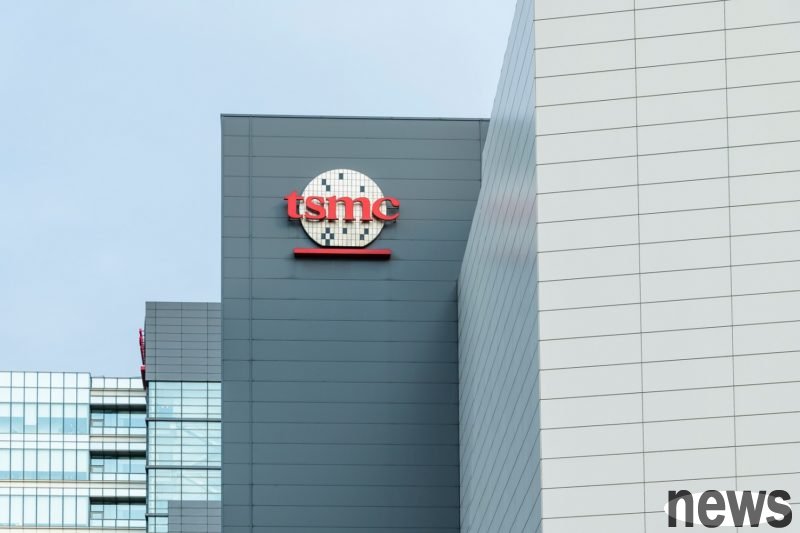
The third quarter results of TSMC, the leading wafer foundry, show that shipments of 3, 5, and 7 nanometer processes accounted for 23%, 37%, and 14% of total revenue respectively. The three combined accounted for 74% of revenue, which means that the current advanced process accounts for nearly 3/4 of TSMC’s revenue.
TSMC defines everything below 7 nanometers as advanced processes. Due to the large purchase demand in the market for mobile devices and high-performance computers, TSMC currently has a huge demand for 3 and 5 nanometer production capacity. It is expected that the production lines in 2026 have been 100% booked.
Wccftech reports that the total output of TSMC’s current most advanced 3-nanometer process technology will be 100,000 wafers at the end of 2024, and is expected to increase to 160,000 wafers by the end of 2025, officially entering the peak period of profitability. You may think that the main driving force for TSMC's 3nm production capacity increase comes from Apple, because the new 2025 iPhone 17 series mobile phones are selling well in the market. But in fact, NVIDIA is the biggest driving force, especially the new demand for 35,000 wafers per month.
NVIDIA’s next-generation Vera Rubin and Rubin Ultra both use TSMC’s 3-nanometer N3P process. These chips will be the main source of computing power in the high-performance computing (HPC) field in the next two years. Moreover, with the artificial intelligence (AI) boom, NVIDIA's share of TSMC's revenue is getting higher and higher. It is expected that NVIDIA will account for 19% to 21% of TSMC's revenue in 2025, and may replace Apple's number one customer. Therefore, according to current trends, TSMC’s 3-nanometer process technology shipments will account for more than 30% of its total revenue in 2026, making the 3-nanometer process join the ranks of one of TSMC’s golden goose mothers.